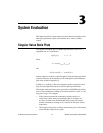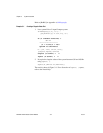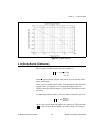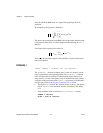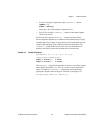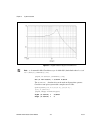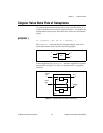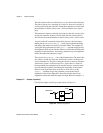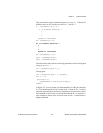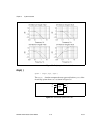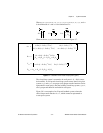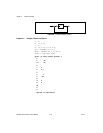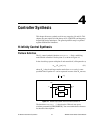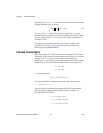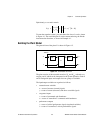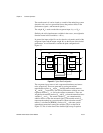Chapter 3 System Evaluation
© National Instruments Corporation 3-9 MATRIXx Xmath Robust Control Module
The system matrix can be calculated using the afeedback( ) function for
different values of K. Consider two cases: K=1 and K=5.
P = 1/makepoly([1,0],"s")
P (a transfer function) =
1
--
s
System is continuous
K1= 1/makepoly(1,"s")
K1 (a transfer function) =
1
-
1
System is continuous
K5= 5/makepoly(1,"s");
Sys1 = afeedback(P,K1);
Sys5 = afeedback(P,K5);
The effect of the value of K on closed-loop performance can be investigated
using
perfplots( ).
sv1 = perfplots(Sys1,1,1);
Overlap plots:
sv5 = perfplots(Sys5,1,1,{!graph});
for i = 1:4
plot(sv5(1,i),
{graphnumber=i,line_style=2,keep})?
endfor
In Figure 3-5, you can see that over the bandwidth of 0.1 Hz, the controller
K=5 has better regulation (e/d is smaller for K=5 than for K=1, with e/n
about the same for both cases) but uses slightly more actuator effort. Above
the bandwidth of 0.1 Hz, the e/n and u/n show that the K=5 controller is
more sensitive to sensor noise. In classic terms, the K=5 controller has a
higher bandwidth.



